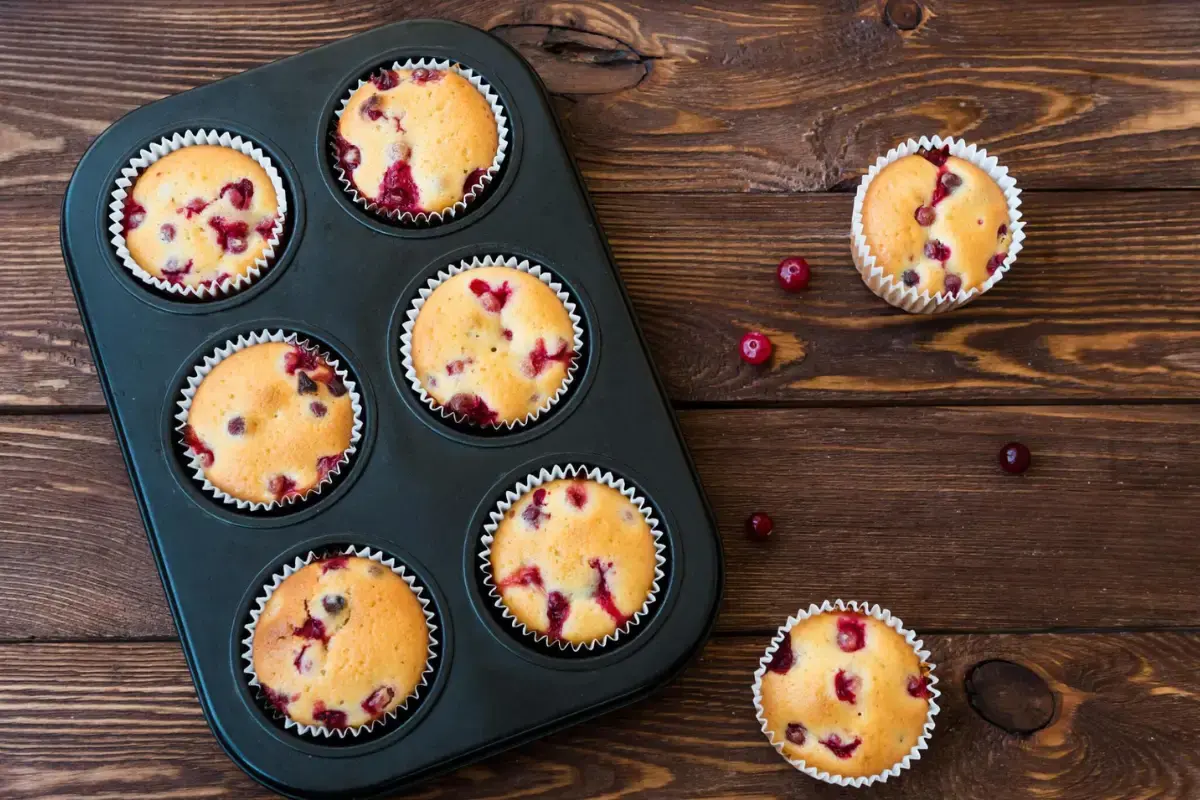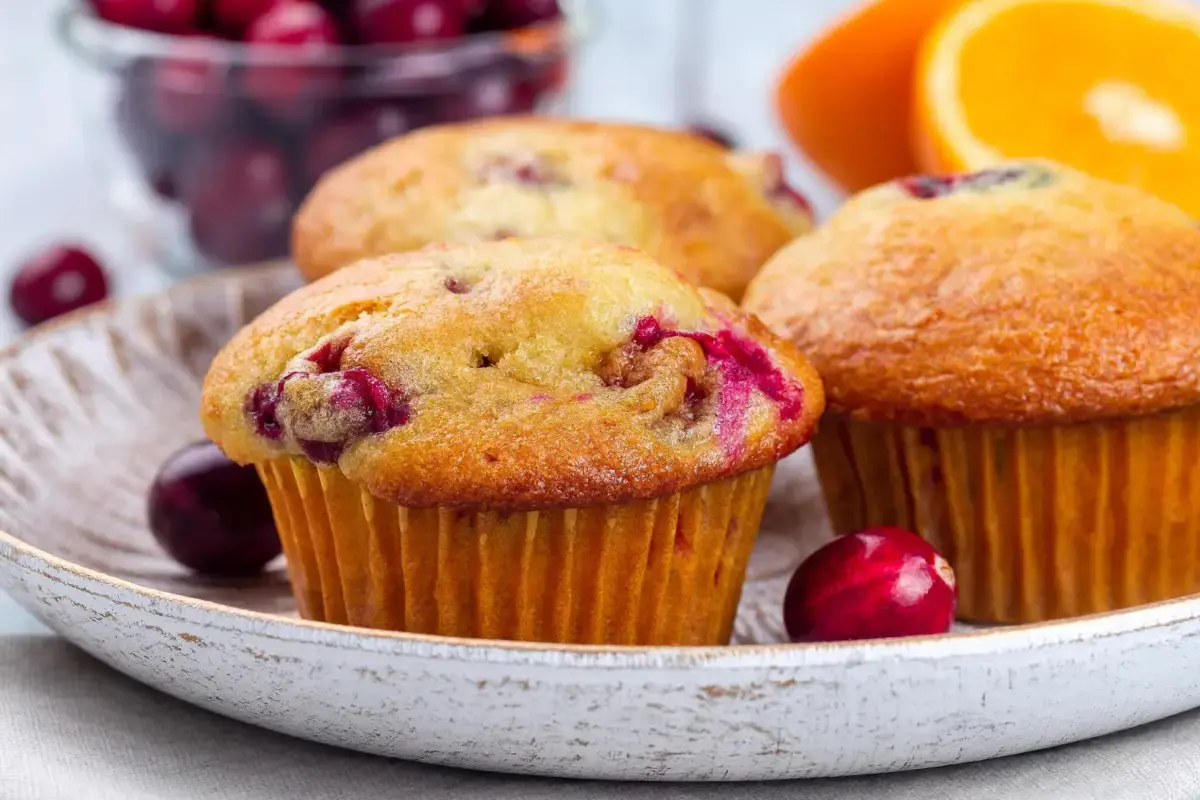
Ingredients for Moisture
When embarking on the quest for the perfect moist muffin, understanding the role of each ingredient is crucial. It’s like assembling a team where every member plays a pivotal role in achieving victory. Let’s dive into the core components that contribute to muffin moisture and how tweaking them can elevate your baking game.
Flour Types and Their Impact on Moisture
Flour acts as the backbone of your muffin, providing structure. Yet, not all flours are created equal. For instance, cake flour, with its lower protein content, leads to tender, moist muffins. On the other hand, all-purpose flour offers a middle ground, balancing moisture retention with structure. Whole wheat flour, rich in fiber, can absorb more liquid, sometimes necessitating adjustments to your recipe to avoid dryness. The choice of flour can significantly affect the texture and moisture level of your muffins, making it a key player in the quest for perfection.
Fats: Butter vs. Oil
Fats are like the secret sauce that adds richness and moisture to muffins. Butter, with its unparalleled flavor, can make muffins taste divine. However, oil wins in the moisture department, as it coats flour proteins better, preventing them from forming gluten, which can lead to a denser structure. This is why recipes using oil tend to produce moist muffins that stay soft even days after baking. The choice between butter and oil boils down to a trade-off between flavor and moisture.
Liquids: Milk, Buttermilk, and Beyond
Liquids are the unsung heroes of moisture. Milk is a common choice, bringing both moisture and richness to the batter. Buttermilk, with its acidic properties, tenderizes gluten, leading to softer, moist muffins. It also reacts with baking soda, creating bubbles that add lightness to the texture. Don’t shy away from experimenting with other liquids like yogurt or sour cream, which can introduce additional fat and acidity, enhancing both flavor and moisture.
Eggs: Binding and Moistening
Eggs play a dual role in muffin recipes. They bind the ingredients together, ensuring your muffin doesn’t crumble at first bite. More importantly, the fats in the yolks contribute to the tender, moist texture we all crave. The water content in eggs also turns into steam during baking, adding lightness and contributing to the overall moisture level. Understanding the multifaceted role of eggs can help you manipulate your recipes to achieve the perfect balance of structure and moisture.
By mastering the interplay of these ingredients, you’re well on your way to baking moist muffins that are sure to impress. Remember, baking is as much about science as it is about art. Don’t be afraid to experiment with different ingredient combinations to find what works best for you.
Techniques for Moist Muffins
Achieving moist muffins isn’t just about the ingredients you choose; it’s also about how you bring them together. The techniques you employ, from mixing to baking, can significantly impact the texture and moisture content of your muffins. Let’s explore some key techniques that can make or break your muffin’s moisture.
Mixing Methods: To Stir or Not to Stir
When it comes to mixing your muffin batter, the golden rule is: less is more. The method of gently folding your ingredients together until they are just combined is crucial. Overmixing can activate the gluten in the flour, leading to tough, rubbery muffins. On the flip side, undermixing might leave you with lumpy, unevenly baked goods. Aim for a batter that’s mixed just enough to incorporate the dry and wet ingredients, which usually means a few lumps are perfectly fine. This balance ensures your muffins will be tender and moist.
Baking Temperatures and Times
Finding the sweet spot for baking temperature and time is essential for moist muffins. Too high a temperature can cause the outside to cook too quickly, leaving the inside underdone. Conversely, too low a temperature might not give your muffins the rise they need, resulting in dense, heavy textures. Most muffins bake well at 350°F to 375°F, creating a perfect golden crust while keeping the inside soft and moist. Keep an eye on your muffins and test them with a toothpick for doneness towards the end of the baking time to avoid overbaking.
The Role of Steam in Baking
Steam plays a pivotal role in achieving moist muffins. As the batter heats up in the oven, the liquids turn into steam, which helps the muffin rise and creates a light, airy structure. This steam also contributes to the overall moisture content of the muffins, making them soft and tender. One way to harness the power of steam is by adding a small pan of water to the bottom of the oven during baking, which increases the humidity and helps prevent the muffins from drying out.
Resting: Letting Batter Sit
Letting your muffin batter rest before baking can have surprising benefits for moisture. This resting period allows the flour to hydrate fully and the gluten strands to relax, leading to a tender crumb and improved texture. Even a short rest of 15 to 30 minutes can make a difference, giving you moist muffins that are evenly baked and beautifully risen. This simple step, often overlooked, can be the secret to taking your muffins from good to great.
By mastering these techniques, you’ll be well-equipped to bake moist muffins that are sure to delight anyone who tries them. Remember, the art of baking is in the details, and each step, from mixing to resting, contributes to the final masterpiece.

Advanced Tips and Tricks
Baking moist muffins that make your taste buds dance with joy isn’t just about following a recipe. It’s about understanding how to tweak and fine-tune your approach to coax the best textures and flavors from your ingredients. Here, we’ll dive into some advanced tips and tricks that can elevate your muffins from delightful to divine.
Ingredient Ratios: Finding the Perfect Balance
The secret to moist muffins often lies in the delicate balance of ingredients. Too much flour can make your muffins dense and dry, while too little may not provide enough structure, leading to muffins that fall flat. A good rule of thumb is to use a ratio of wet to dry ingredients that supports moisture without compromising the muffin’s integrity. Typically, aiming for a batter that is thick yet pourable gives you a moist, tender crumb. Adjusting your ratios slightly can make a significant difference in the end result, so don’t be afraid to experiment.
Add-Ins That Enhance Moisture
Incorporating certain add-ins can work wonders for the moisture content of your muffins. Fruits, vegetables, and yogurts are not just flavor enhancers; they’re moisture miracles. Applesauce, mashed bananas, grated zucchini, or carrots can add both sweetness and moisture without weighing down the batter. Similarly, yogurt or sour cream introduces fat and acidity, tenderizing the gluten in the flour for a softer texture. These add-ins can be your best friends in the quest for the perfect moist muffin.
Altitude Adjustments
Baking at high altitudes can be a tricky affair, as the lower air pressure affects both moisture evaporation and the rise of your muffins. To combat dryness, consider increasing the amount of liquid in your recipe or reducing the amount of flour. Additionally, a slight increase in oven temperature can help set the structure of the muffins before they over-expand and dry out. Making these adjustments ensures that even atop the highest peaks, your muffins remain as moist as if they were baked at sea level.
Storage Tips to Retain Moisture
How you store your muffins after baking can significantly impact their moisture content. To keep them moist and fresh, allow them to cool completely before storage. Then, place them in an airtight container with a sheet of paper towel beneath and above the muffins to absorb any excess moisture without making them soggy. Avoid storing muffins in the refrigerator, as the cold air can dry them out. Instead, keep them at room temperature for a few days or freeze them for longer storage. Proper storage is the key to enjoying moist muffins days after baking.
By mastering these advanced tips and tricks, you’re not just baking; you’re crafting culinary delights that showcase your skill and understanding of the art and science of baking. Each batch of moist muffins becomes a testament to your dedication to the craft, sure to impress and delight anyone lucky enough to taste them.
Common Mistakes to Avoid
In the journey to bake the perfect moist muffins, even seasoned bakers can stumble upon pitfalls that can turn a promising batch into a disappointing one. Awareness of these common mistakes can be the difference between muffin mastery and muffin mediocrity. Let’s highlight a few critical errors to avoid, ensuring your muffins remain the epitome of moistness.
Overbaking and Its Impact on Dryness
One of the cardinal sins of muffin-making is overbaking. It’s a surefire way to sap all the moisture out of your creations, leaving them dry and crumbly. The trick is to start checking for doneness a few minutes before the recipe suggests it. A toothpick inserted into the center should come out with a few moist crumbs attached, signaling they’re just right. Remember, muffins continue to cook slightly from residual heat after being removed from the oven, so pulling them out at the perfect moment is crucial.
Incorrect measurement of Ingredients
Baking is a science, and precision matters. Incorrect measuring, especially of flour, can lead to imbalanced ratios, affecting the moisture content of your muffins. Too much flour makes for dry, dense muffins, while too little can result in a batter that’s too wet and muffins that don’t hold their shape. Using a scale for accuracy or the spoon-and-level method for dry ingredients can help ensure you’re adding just the right amount.
The Importance of Ingredient Temperature
The temperature of your ingredients can significantly influence the texture and moisture of your muffins. Ingredients like eggs, butter, and milk should generally be at room temperature unless specified otherwise. Cold ingredients can result in a batter that’s too stiff, leading to overmixing as you try to combine them. This not only affects how evenly your muffins bake but can also impact their rise and, ultimately, their moisture content.
By steering clear of these common pitfalls, you’re setting yourself up for success in baking moist muffins that are sure to impress. Remember, attention to detail and understanding the nuances of baking can elevate your muffin game, turning simple ingredients into mouthwatering masterpieces.
Frequently Asked Questions
In the world of muffin-making, certain questions crop up time and again. Whether you’re a novice baker or someone with a bit of experience under your belt, these FAQs can shed light on common concerns and help you achieve moist, delectable muffins every time.
What makes muffins light and fluffy?
Achieving light and fluffy muffins is all about creating the right balance of ingredients and incorporating air into the batter. The leavening agents, such as baking powder or baking soda, react to create bubbles in the batter, making the muffins rise and giving them a light texture. Additionally, not overmixing the batter ensures that the gluten in the flour doesn’t develop too much, keeping the muffins tender and airy.
How Do You Keep Muffins from Getting Soggy?
To prevent muffins from becoming soggy, let them cool completely on a wire rack after baking. This allows steam to escape instead of condensing inside the muffin or on the surface, which can lead to sogginess. Storing them properly is also key; place them in an airtight container with a paper towel underneath and on top of the muffins to absorb any excess moisture without drying them out.
Can I substitute oil for butter in muffins?
Yes, you can substitute oil for butter in muffin recipes. Oil tends to make muffins more moist than butter because it remains liquid at room temperature, distributing moisture more evenly throughout the muffin. However, keep in mind that butter adds flavor and richness that oil doesn’t, so you might notice a slight difference in taste.
Why Do My Muffins Get Hard After Baking?
Muffins can become hard after baking for a few reasons, including overbaking and overmixing. Overbaking dries out the muffins, while overmixing develops the gluten too much, making them tough. To avoid this, bake muffins just until they’re done (check with a toothpick for moist crumbs) and mix the batter until just combined, accepting a few lumps as part of the process.
Addressing these FAQs can help you navigate the nuances of muffin making, bringing you one step closer to baking perfect, moist muffins every time. Remember, practice and patience are key ingredients in the art of baking.
Conclusion
In our quest for the perfect moist muffins, we’ve navigated through the essentials of ingredients, the finesse of techniques, and the wisdom behind each baking trick. The journey has shown us the importance of choosing the right flour, the magic of fats like oil for moisture, and the crucial role of liquids and eggs in creating the perfect batter consistency. We’ve also uncovered the significance of mixing just right, baking at the ideal temperature, and even the impact of resting the batter.
Baking is an adventure, a delightful blend of science and art. It invites us to experiment, to learn from each attempt, and to savor the joy of sharing our creations. The journey doesn’t end here. With every batch of muffins, there’s a chance to tweak, to improve, and to perhaps discover a new favorite.
Let these insights be your guide, but don’t let them limit your creativity. The beauty of baking lies in experimentation and the personal touch you bring to each recipe. Whether you’re adjusting ingredient ratios, exploring new add-ins, or experimenting with resting times, each batch is a step forward in your baking journey.
For more insights and tips, explore resources like the Comprehensive Muffin Baking Guide from King Arthur Baking, Understanding the Science Behind Baking from America’s Test Kitchen, and Expert Tips on Storing Muffins from Food52.
Embrace the process, enjoy the experiments, and, above all, keep baking. Here’s to moist muffins that not only taste delightful but also bring a sense of accomplishment and joy. Happy baking!



